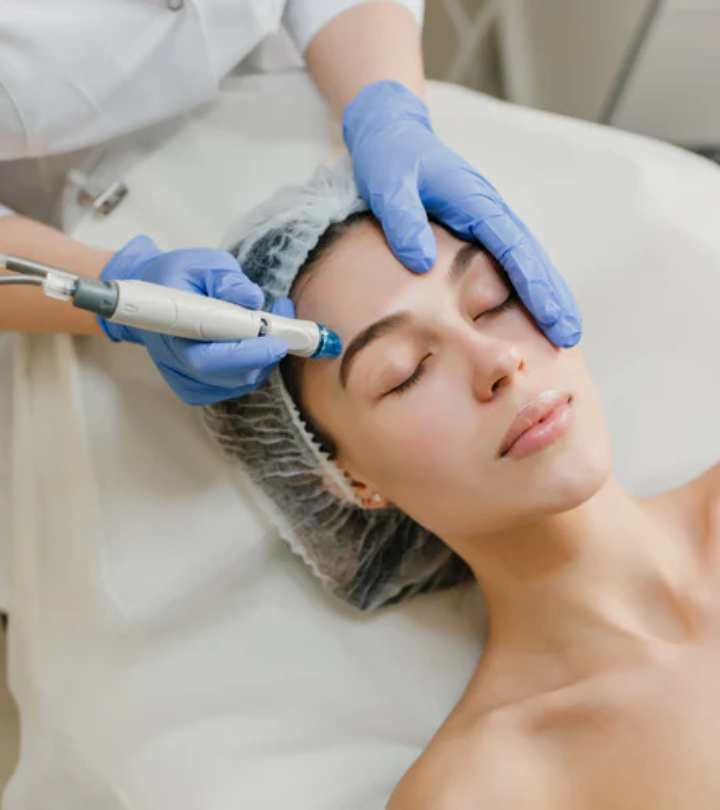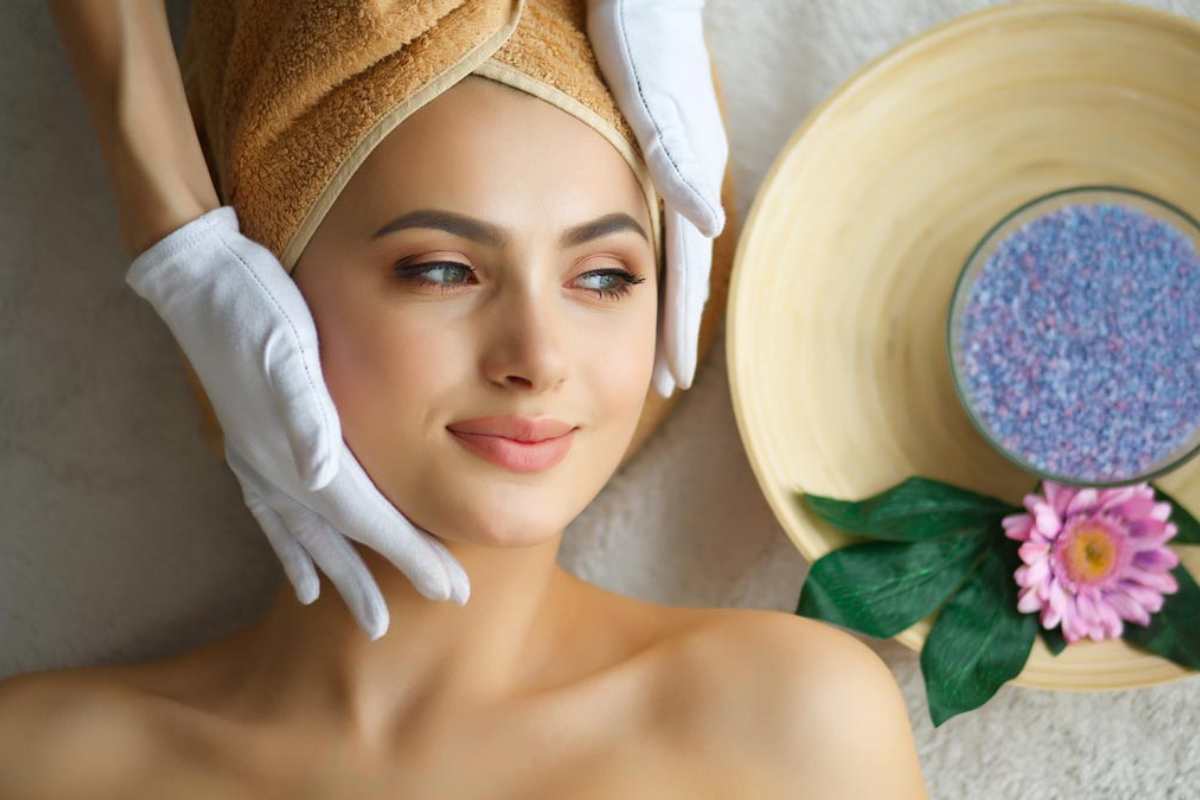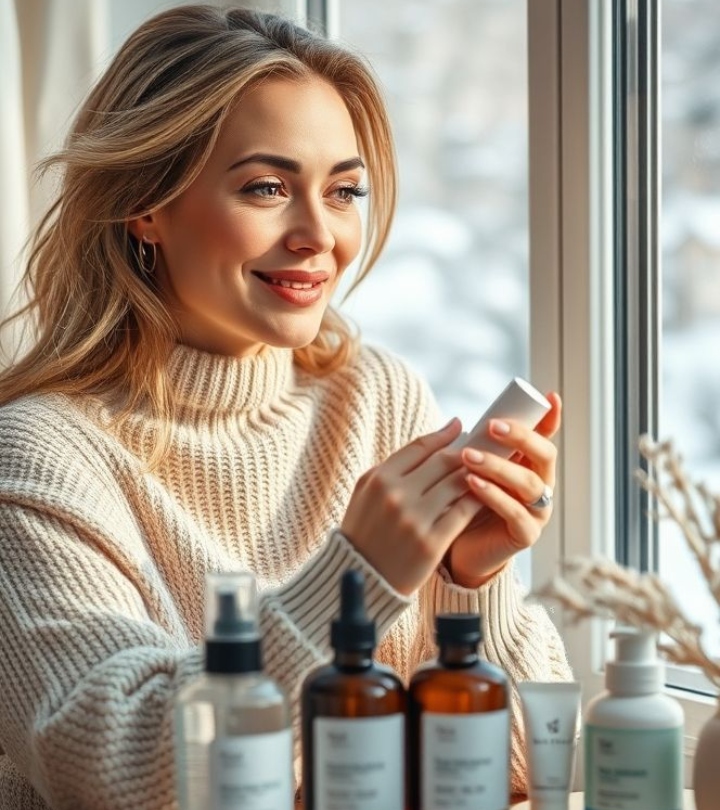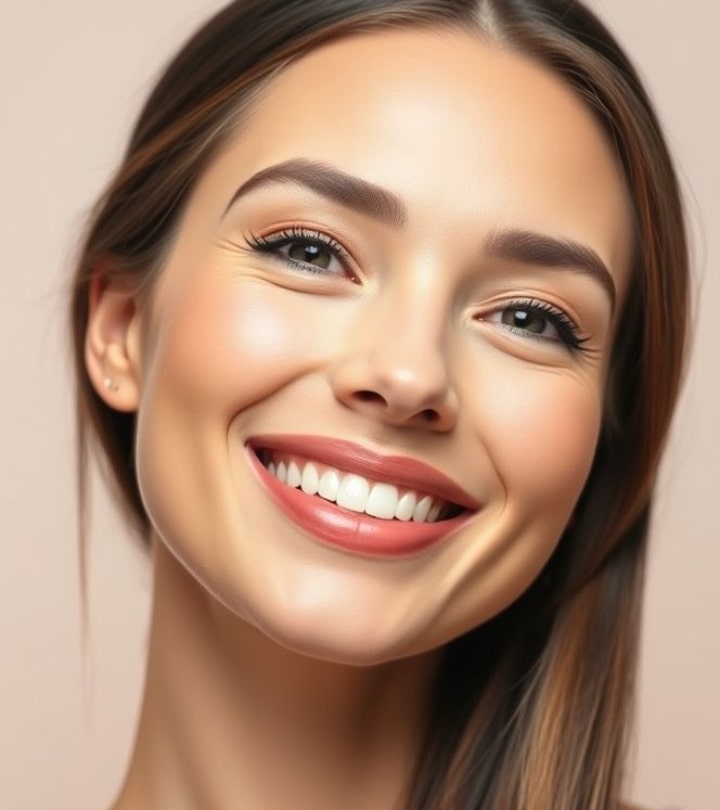Have you ever wondered how celebrities maintain that enviable, camera-ready glow? As someone who’s spent over a decade in skincare and aesthetics, I’m excited to share one of the beauty industry’s most transformative secrets: skin polishing. Whether you’re a skincare novice or a beauty enthusiast, this comprehensive guide will walk you through everything you need to know about this game-changing treatment.
Table of Contents
What is Skin Polishing?
Skin polishing, also known as microdermabrasion or dermaplaning in some forms, is a non-invasive cosmetic procedure that removes the top layer of dead skin cells to reveal the fresh, glowing skin underneath. Think of it as pressing the “reset” button on your skin – it’s like giving your face a fresh canvas to work with!
The Science Behind Skin Polishing
Our skin naturally regenerates every 28 days, but sometimes it needs a little help sloughing off those stubborn dead cells. Skin polishing accelerates this process through mechanical exfoliation, stimulating collagen production and cell turnover. This isn’t just about temporary results – regular skin polishing can actually improve your skin’s overall health and appearance over time.
Types of Skin Polishing Treatments
1. Crystal Microdermabrasion
This traditional method uses fine crystals (usually aluminum oxide) to blast away dead skin cells. Here’s what you need to know:
- Highly effective for treating superficial skin concerns
- Provides consistent results
- Can be adjusted for different skin sensitivities
- Requires professional equipment and training
2. Diamond-Tip Microdermabrasion
A more modern approach using a wand with a diamond-encrusted tip:
- More precise control over treatment areas
- Great for sensitive areas around eyes and mouth
- No loose crystals to clean up
- Often preferred by professionals for its reliability
3. Hydradermabrasion
The newest kid on the block combines water with exfoliation:
- Gentler on sensitive skin
- Provides hydration while exfoliating
- Perfect for dry or dehydrated skin types
- Can be combined with serums for enhanced results
Benefits of Skin Polishing
Let’s dive into why skin polishing has become such a popular treatment:
Immediate Benefits:
- Instantly brighter complexion
- Smoother skin texture
- Enhanced product absorption
- Makeup applies more evenly
Long-term Benefits:
- Reduced appearance of fine lines and wrinkles
- Minimized acne scarring
- More even skin tone
- Smaller-looking pores
- Increased collagen production
Who Should Consider Skin Polishing?
Skin polishing can benefit most skin types, but it’s particularly effective for:
- People with dull, tired-looking skin
- Those dealing with superficial scarring
- Anyone looking to reduce the appearance of fine lines
- Individuals with uneven skin texture
- People preparing for special events
When to Avoid Skin Polishing
While generally safe, skin polishing isn’t suitable for everyone. Skip this treatment if you have:
- Active acne breakouts
- Rosacea or severe sensitivity
- Recent sunburn
- Open wounds or cuts
- Active skin infections
- Very thin or fragile skin
How to Prepare for Skin Polishing
Pre-Treatment Steps:
- Avoid harsh skincare products 48 hours before treatment
- Stay out of direct sunlight
- Remove all makeup
- Cleanse skin thoroughly
- Discuss any skin concerns with your practitioner
What to Expect During Treatment
The actual process typically follows these steps:
- Cleansing Phase
- Thorough cleansing of the skin
- Removal of all makeup and surface oils
- Skin analysis by the practitioner
- Treatment Phase
- Application of the chosen polishing method
- Systematic coverage of all treatment areas
- Adjustments based on skin sensitivity
- Final Phase
- Application of soothing products
- SPF protection
- Post-care instructions
Professional vs. At-Home Skin Polishing
Professional Treatments
Pros:
- Stronger, more effective results
- Professional-grade equipment
- Expert technique
- Customized treatment plans
Cons:
- Higher cost
- Requires scheduling appointments
- May need multiple sessions
At-Home Options
Pros:
- More affordable
- Convenient
- Can maintain results between professional treatments
- Control over frequency
Cons:
- Less dramatic results
- Risk of improper technique
- Limited equipment quality
- Potential for overuse
DIY Skin Polishing: Safe Home Methods
If you’re looking to maintain results between professional treatments, here are some gentle at-home options:
1. Gentle Physical Exfoliants
Recipe for a basic scrub:
- 1 tablespoon fine sugar or rice powder
- 1 tablespoon honey
- 3 drops jojoba oil Mix and apply in gentle circular motions
2. Enzyme Exfoliation
Natural options include:
- Papaya enzymes
- Pineapple extract
- Pumpkin enzymes
3. Chemical Exfoliants
Mild options for home use:
- Lactic acid (5%)
- Mandelic acid
- PHA products
Post-Treatment Care
Immediate Aftercare:
- Avoid touching your face unnecessarily
- Skip makeup for 24 hours
- Use gentle, fragrance-free products
- Apply broad-spectrum SPF
- Stay hydrated
Long-term Maintenance:
- Regular gentle cleansing
- Daily sun protection
- Consistent moisturizing
- Avoiding harsh products
- Following recommended treatment intervals
Combining Skin Polishing with Other Treatments
To maximize results, skin polishing can be combined with:
Complementary Treatments:
- LED Light Therapy
- Enhances healing
- Boosts collagen production
- Reduces inflammation
- Hydrating Masks
- Replenishes moisture
- Soothes treated skin
- Locks in benefits
- Peptide Serums
- Supports skin repair
- Boosts collagen production
- Enhances results
Common Myths About Skin Polishing
Let’s debunk some common misconceptions:
Myth 1: It’s Only for Facial Skin
Truth: Skin polishing can be performed on various body areas, including neck, décolletage, and hands.
Myth 2: It’s Painful
Truth: When done correctly, it should feel like a gentle scratching sensation.
Myth 3: Results are Permanent
Truth: Regular maintenance is needed to sustain results.
Cost Considerations
Professional Treatments:
- Single session: $75-200
- Package deals: Often 10-20% savings
- Maintenance sessions: Usually less expensive
At-Home Options:
- Tools: $30-150
- Products: $15-50
- Replacement parts: Vary by device
Choosing the Right Provider
Key Factors to Consider:
- Credentials and training
- Equipment quality
- Facility cleanliness
- Before/after photos
- Client reviews
- Consultation process
Frequently Asked Questions
Q: How often should I get skin polishing done?
A: Most people benefit from treatments every 3-4 weeks, but this varies based on skin type and concerns.
Q: Will I have downtime?
A: Minimal to none. Some redness is normal but typically subsides within a few hours.
Q: How many treatments will I need?
A: For optimal results, a series of 6-8 treatments is typically recommended, followed by maintenance sessions.
Conclusion
Skin polishing is more than just a trendy treatment – it’s a proven method for achieving and maintaining healthy, glowing skin. Whether you choose professional treatments or at-home care, the key is consistency and proper technique. Remember, everyone’s skin is different, so what works for one person might not work for another. Start slowly, listen to your skin, and adjust accordingly.
Ready to get started? Consider scheduling a consultation with a licensed aesthetician to discuss your specific skin needs and create a customized treatment plan. Your journey to radiant, polished skin starts here!











